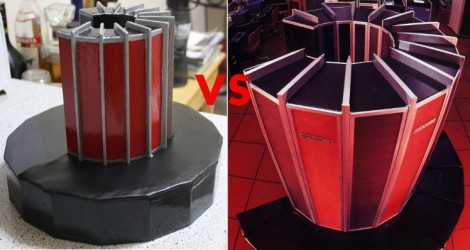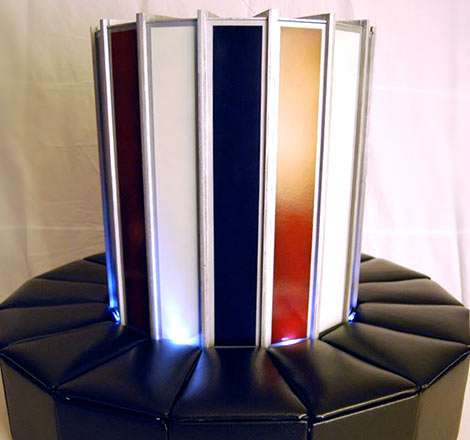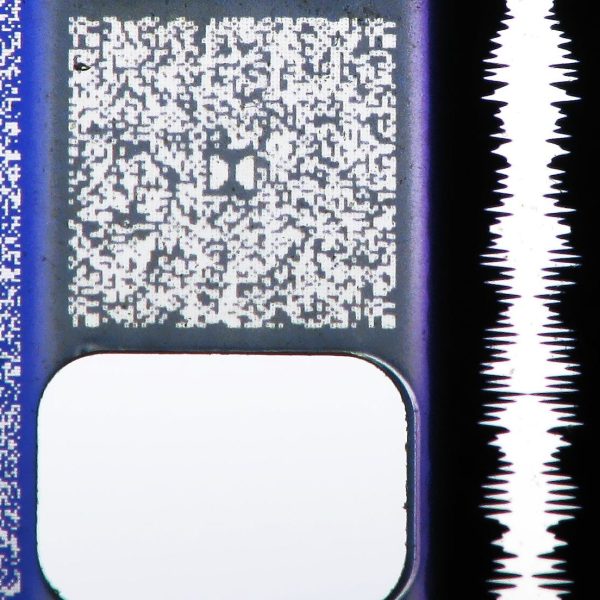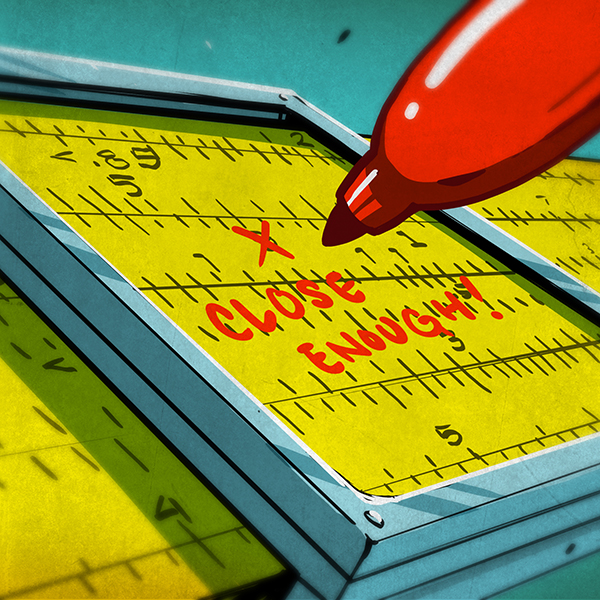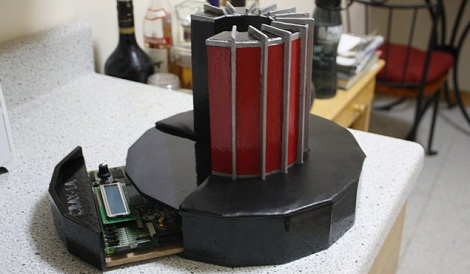
In our hubris, we pat ourselves on the back when we’re able to pull data off our old SCSI drives. [Chris Fenton]’s attempt to get an OS for a homebrew Cray-1 puts us rightfully to shame.
Last year we saw [Chris]’ fully functional 1/10th scale Cray-1 supercomputer built around FPGA. While the reproduction was nearly cycle-accurate, [Chris] hasn’t had an opportunity to test out his system because of the lack of available Cray software. A former Cray employee heard of his plight and loaned an 80 Megabyte CDC 9877 disk pack to in the hope of getting some system software.
[Chris] acquired a monstrous 100 pound disk drive to read the disk pack, but after 30 years in storage a lot of electrical problems cropped up. Since reading the drive digitally proved to be an exercise in futility, [Chris] hit upon the idea of taking analog data straight from the read head. This left him with a magnetic image of the disk pack that was ready for some data analysis.
After the disk image was put up on the Internet, the very talented [Yngve AAdlandsvik] figured out the data, header, and error correction formats and sent [Chris] a Python script to tease bits from the analog image. While no one is quite sure what is on the disk pack provided by the Cray employee, [Chris] is remarkably close to bringing the Cray-1 OS back from the dead. There’s also a great research report [Chris] wrote as penance for access to the CDC disk drive. Any Hack A Day readers feel like looking over the data and possibly giving [Chris] a hand?

